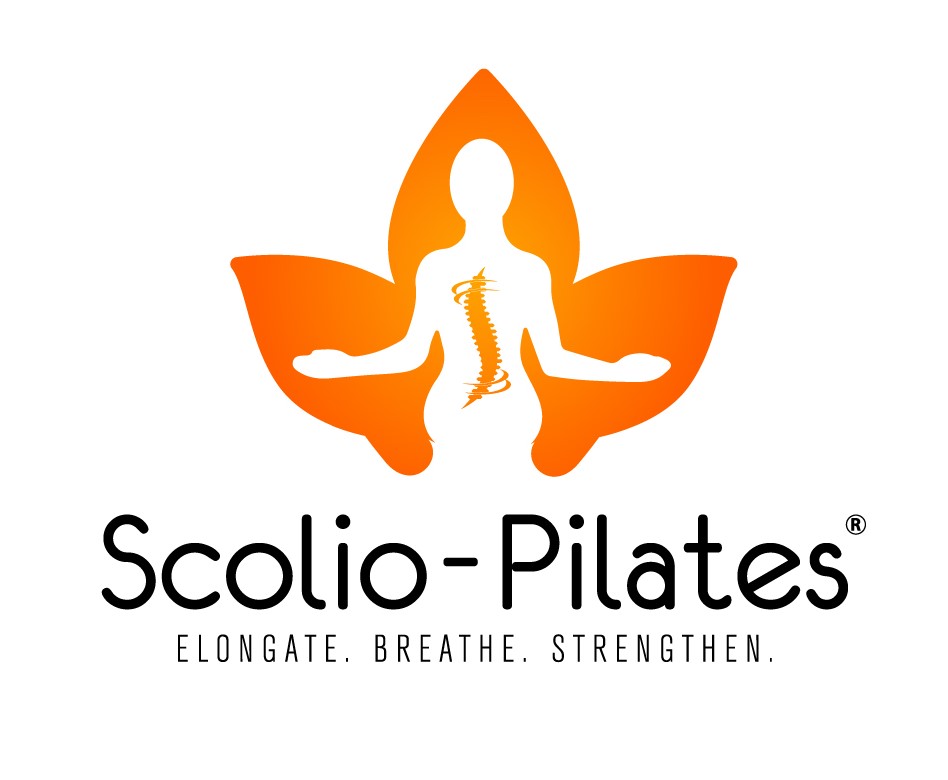According to Nemours Children’s Health, “scoliosis is when the small bones of the spine form a curved line.” The Scoliosis Research Society (SRS) states that scoliosis exists when there are 10 degrees of side-bend or more. The National Scoliosis Foundation (NSF) reports that 7 million people in the United States have scoliosis. While scoliosis looks like poor posture as the spine moves from one side to another like a wave or a letter “S” or “C,” the spine cannot be corrected as simply as asking ourselves to “stand up straight.”
Why does the spine begin to curve?
The reasons are plentiful. Everything from injury and trauma, congenital changes in the shape of the vertebrae, neuromuscular challenges, or disease. However, the leading cause is “idiopathic,” meaning we don’t know why scoliosis does what it does. Idiopathic scoliosis accounts for 80% of all scoliosis. The studies of Burwell show the leading theory on the cause of scoliosis: growth of the front of the spine faster than the back of the spine.
How do we see scoliosis?
We see scoliosis in 3 dimensions. It is often parents or spouses that see scoliosis first. So what are they seeing? What are the changes that indicate something has changed? There are changes in all dimensions of the spine:
-
- The shoulders might look unlevel: one higher than the other
- One side of the back may appear higher, or stick out more than the other.
- One arm may hang lower than another
- The head may consistently tip to one side
- There might be a consistent rotation in a seated position.
How does your medical team diagnose scoliosis?
The Adams test is the first thing a pediatrician or family doctor might ask you to do. It’s simply a roll-down test: Feet together, hands pointed downward, and you roll down toward the floor. Your team is looking for asymmetry. Is one side higher than the other? Check out this video about the Adams Test.
The next step will be to go to an orthopedic surgeon. Remember that seeing a surgeon doesn’t mean you will have surgery. They have a mountain of experience with scoliosis, and you want to speak to the most experienced people out there when it comes to scoliosis. Go to them, and they’ll do an X-ray and be able to share more information about your spine. You are in the information-gathering stage. Collect all the reliable data you can.
Once you are ready to begin moving and easing your spine into its most elongated shape possible, begin with our Daily Scoliosis Stretches. But first, and foremost, follow the advice of your medical team. They are there to help. We highly recommend this guide by the Scoliosis Research Society (SRS) to learn more: SRS_Adolescent_Idiopathic_Scoliosis_Information
Are you ready to start today? Whether you are someone living with scoliosis or a professional helping those with one, join our Scolio-Pilates On Demand here. You will have two weeks of free scoliosis-specific exercises with a live class every Thursday at 3 pm ET (New York, USA) and access to over 100 classes. It’s time to take control. Be a Scolio-Mover!”
Are you a professional looking to serve those with scoliosis? Learn the steps towards becoming an Authorized Scolio-Pilates Practitioner.



